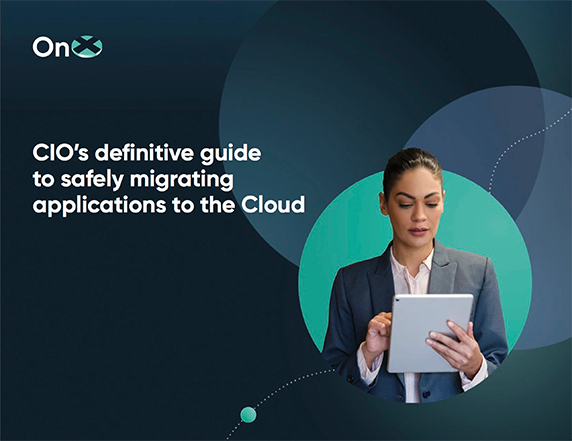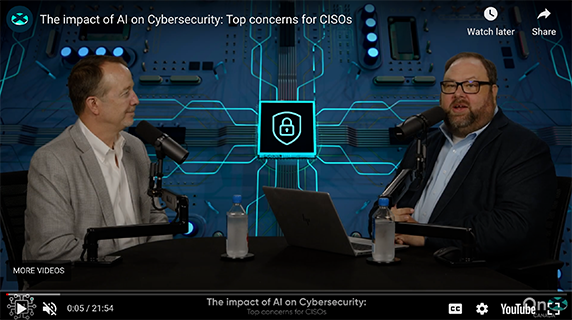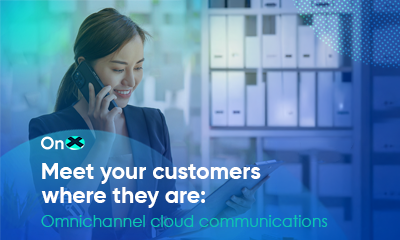
Matthew Leib, Strategic Solutions Architect, OnX Enterprise Solutions
Every day we get a little bit closer to what I like to call the brass ring of managing environments in the cloud — being able to seamlessly move all of our workloads live from wherever they are to wherever we need them to be.
To understand why this is such a big deal, it’s helpful to review just how far we’ve come since the old physical-server days. Back then, we had diverse systems to manage our network, storage and server infrastructure. Over the years, these systems began to merge into products like Spectrum and OpenView. There came to be many players in a space that involved a lot of vendor-specific management tools.
These tools did their jobs, but their limits became clear as new technology needs emerged.
Cross-Platform Management Comes of Age
The evolution of monitoring and management tools introduced third-party software built to specifications using SNMP traps and APIs. The great thing about these tools was that they were no longer specific to a particular manufacturer. That gave IT staff greater control and expanded their ability to monitor hardware for faults and alert to high utilization or failures.
These changes were extremely helpful. But were these tools robust enough to handle the needs of a virtual environment? Well, in the enterprise, we had virtual management tools, which gave us good options for that infrastructure. But we still had to dig into our storage and our networks to find hot spots, which prevented us from expanding our infrastructure to hybrid and secondary environments.
Addressing the Cloud Management Problem
This whole world changed drastically as we moved things to the cloud. Suddenly, we needed to manage workloads that weren’t necessarily housed on our own infrastructure.
We needed to be able to move these workloads dynamically. We needed to make sure that connectivity and storage in these remote sites — as well as our own — could be monitored within the same interface. Too many “Panes of Glass” were simply too demanding for our already overtaxed personnel.
In addition, we were still in monitor-but-not-remediate modes. We needed tools that could not only alert us to problems, but also help us diagnose and repair issues quickly and accurately. It was no longer enough to monitor our assets. We needed more.
Solving Today’s Enterprise Management Puzzle
Today we are managing workloads in public, managed and private spaces, which puts us in a quandary. How do we move them? How do we manage our storage? What about using new platforms like OpenStack or a variety of hypervisors?
These tools are getting better all the time. They’re moving toward a model where your organization will be able to use whatever platform with whatever storage and whatever networking you require to manage your workloads, your data and your backups — and move them about freely. We’re not there yet, but we’re close.
The Brass Ring
All this explains why I think the brass ring will be when we can live-migrate workloads regardless of location, virtualization platform, etc. To be sure, some tools allow us to do clones and cutovers, but what we need to be able to move things live — with no data loss and no impact to our user base — to AWS (our preferred provider) or in and out of our own data centers.
That’s truly the way of the future.
What are your thoughts about the latest technologies for monitoring and managing our enterprise environments? Feel free to share your questions or feedback about this post.














